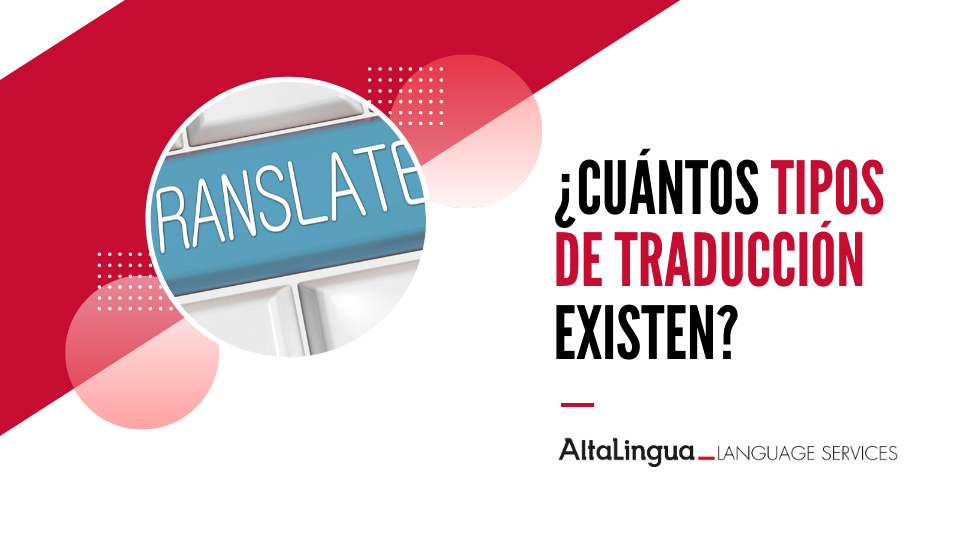-
Type of translation
The world of translation is complex and varied therefore, translators have to be specialised and trained in different fields.
How many type of translation exist?
We show you the most used types of translation in the world of translation:
- Technical Translation. It is a translation of technical documents such as manuals, instructions, sheets, guides, specifications etc. These documents are characterised as being directed towards a specific audience during a limited useful life.
- Scientific translation. This type of translation makes reference to texts related to medicine, biology, chemistry, physics etc., that in general are directed to a more specialised audience. A scientific translator must have scientific training to understand the text and to be able to carry out, a rigorous translation.
- Computer translation. They are complex translations in which a very specific language and terminology about computer programs, software, computers, etc. is required. Normally the term localisation is used for the translation and adaptation of content in relation to the context.
- Sworn Translation Sworn translations must be carried out, signed and stamped by a sworn translator authorised by the Spanish Ministry of Foreign Affairs and Cooperation (MAEC). These translations are usually needed for official procedures in public or private bodies.
- Legal Translation. Refers to the translation of legal texts such as: contracts, commercial agreements, regulations, degrees, sentences etc. A legal translator must have training in the legal field in order to be able to understand the terminology and the legal procedures.
- Financial Translation. They are texts related to the financial, economic, fiscal, banking etc. fields. Normally to translate this type of document it demands appropriate confidentiality certificates for each situation.
- Literary Translation This type of translation is complicated due to the fact that the translator has to preserve the voice and style of the author. It is usually used for the translation of novels, poems, stories, theatre works or others regarding literary activities.
- Audiovisual TranslationAudiovisual translation is all those that are consumed through a screen, that is to say, it has to co-exist with projected images.
Inside this, varieties exist such as dubbing, subtitling, audio description and localisation of video games.:
- Dubbing. Technique used after the recording of a television, film or radio production. It consists of replacing the dialogue from the original language to the target language in terms of voice.
- Subtitling. It consists of conveying the audio of an audiovisual product through texts located at the bottom part of the video.
- This technique gives you the opportunity to improve your reading comprehension and helps to improve learning of other languages. Additionally, it allows people with hearing impairment to keep track of the screening.
- Audio description. This technique allows people with visual problems to enjoy every type of audiovisual screening. After a translation it is necessary to adapt it to follow the intonation and speed of the production.
AltaLingua
AltaLingua is a trusted name in the translation and interpreting sector and provides language solutions in all languages for clients across the world. https://altalingua.co.uk/
- altalingua@altalingua.co.uk
- Customer Area
